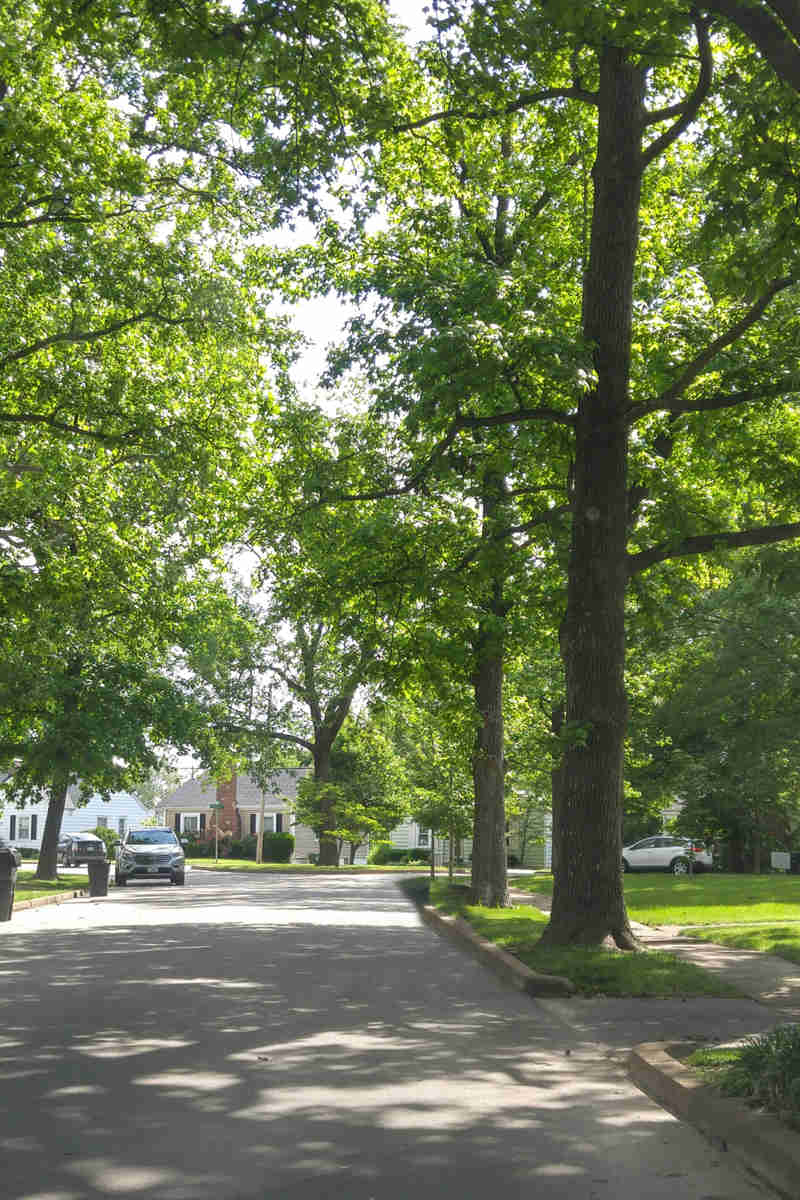Lace bugs are a common landscape pest typically found on Andromeda, azalea, laurel, and rhododendron. Plants installed in sunny/hot locations (foundation beds, or near hardscape) will exhibit increased levels of damage due to ideal conditions for insect development.
These pests feed on the undersides of the leaves creating tiny chlorotic flecks on the leaf surface. These flecks coalesce into an almost pure white, bleached appearance on the foliage of host plants with heavy populations. Turning over the leaf in late spring or summer when the insects become active will reveal additional signs of activity such as adult and nymphal life stages, shed skins, and excrement. The frass is easy to spot because it forms glossy black balls, and the adults have transparent, lacey wings synonymous with their name.
Applications of registered pesticides during the insects’ active period (June – Sept in Massachusetts) can provide control, as well as summer rates of horticultural oil. Applications of dormant oil can help cut down overwintering populations, and systemic insecticide treatments are available for a longer term solution.
Plants installed in favorable (hot/dry) conditions for insect development will always be prone to infestations and therefore should be moved to a less stressful environment to avoid reliance on regular pesticide applications to sustain plant health.
Additional information on Lace bugs can be gained from these reliable sources:
- PennState Department of Entomology: Lace Bugs on Evergreens fact-sheet
- UMassAmherst: Andromeda Lacebug fact-sheet



